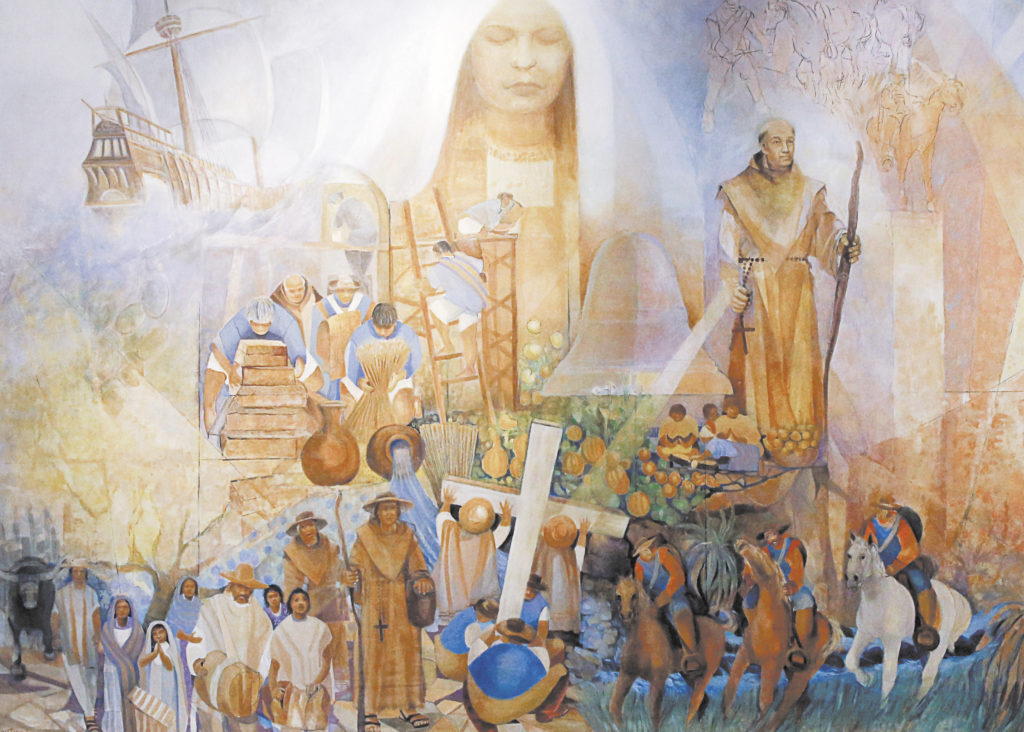
Ninth in a series
In September of AD 1772, Friar Junípero Serra returned to San Diego, exhausted in body and spirit. He had just walked for three weeks, travelling all the way from northern California to the first mission he had founded. Despite his usual optimistic disposition, he was worn down by the scarcity of food, hampered by the sharp pain shooting from the incurable wound in his leg, and above all ensnarled in a heated dispute with Pedro Fages, the lieutenant governor of the Las Californias province of New Spain.
‘In their country’
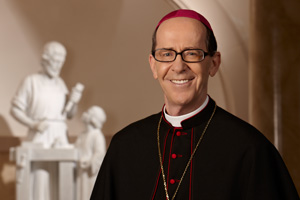

Although he rejoiced to see the many converts among the Kumeyaay Indians of the San Diego area, the uncertainty of the entire missionary effort hung precariously in the balance. Grave shortages of food and life-threatening illnesses dogged both the missionaries and the Indians, but these were not his biggest problem. What was threatening the whole initiative, what constituted the biggest obstacle for the missionaries was the immoral behavior of the Spanish soldiers and the military commander, Lt. Pedro Fages, who did little to correct these abuses. In fact, tensions got so intense between Lt. Fages and Padre Serra that, despite residing only a few hundred yards apart in San Diego, they resorted to communication by means of written messages. This had the happy result of leaving us documentation that gives us today some idea of why Pope Francis decided to canonize Blessed Junípero Serra during his pastoral visit to the United States.
On Oct. 2, 1772, Padre Serra wrote: even if there was no food available for the “new Christians,” “they, at least, are in their own country.” In the mind of Lt. Fages, California had been claimed by Spain; it was now their country. But Padre Serra saw it the other way around. California belonged to the native people, not to Spain. The Spaniards could come to this new land, explore it and bring the Gospel of Christ; however they came as guests, not as conquerors.
Seize the day
As Padre Serra’s demands for justice continued to fall on deaf ears, he decided something more drastic was needed. So, after consulting with his Franciscan confreres and offering Mass to “ask God for divine direction as to what might be His will,” he decided to travel himself to Mexico City to plead his case with the new viceroy appointed by the Spanish Crown. He had to seize the day. The success or failure of the California missionary effort was hanging in the balance.
The difficult journey to Mexico City nearly claimed the life of this frail, now 60-year-old, father protector of the California coastal Indians. He received Extreme Unction more than once during the journey, spent two months convalescing in Queretaro, Mexico from what was probably Malaria, and suffered constantly from his open leg wound. But, by God’s protecting help, he finally arrived in Mexico City and, in March of 1773, he met the chief officer in the New World of King Charles III of Spain, Antonio María de Bucareli y Ursúa. Viceroy Bucareli patiently listened as the zealous missionary presented letters from fellow missionary Friar Luis Jayme, from Sergeant of the leatherjackets Mariano Carillo, and from Corporal Miguel Periquez, all recounting a torrent of outrageous abuses by soldiers against Native peoples, which included raping of women, forcing men to work in salt mines without food, and other grievous crimes for which no one was being brought to justice.
En español: “La determinación de un misionero — San Junípero Serra”
Convinced of Padre Serra’s honesty, integrity and pastoral love of the Indians, the viceroy asked him to put into writing his report and his practical advice. Within a week, the pastoral leader of the California missions completed his 32-point “Representacion,” which was so thorough and well articulated that it has been called the foundation for “the first significant body of laws to govern early California.”
In our own day, controversy still surrounds the treatment of Native Americans during the colonial and missionary period of our Nation’s history. Serious abuses and grave injustices were certainly perpetrated against the indigenous peoples; it is important that the truth be told and that those responsible be identified. However, it serves no one well to project guilt upon all who came to the New World and interacted with the native Indian population. In fact, many who came were upright in their conduct and a few went to heroic lengths to defend the Indians. In this regard, Archbishop José Gómez of Los Angeles said earlier this year in Rome (May 2, 2015), “[I]n my own study and reflection, I have come to the conclusion that Father Serra should be remembered as one of the great pioneers of human rights in the Americas. In my opinion, his writings and example should be studied right along with the great Dominican friars, Bartolomé de Las Casas and Antonio de Montesinos…[At] the heart of everything Father Serra tried to accomplish every day was his conviction that the indigenous peoples of the New World were children of God, created in His image and endowed with God-given rights that must be promoted and defended.”
Missionary Disciples
Junípero Serra will be the first saint ever canonized on American soil. Pope Francis’ desire to canonize him during his pastoral visit to America speaks volumes of his personal interest and deep appreciation of the heroic virtue of this great Franciscan missionary and of the need for missionary disciples today to follow in his footsteps.
The Holy Father understands the Christian roots of America and the important role that the Hispanic population plays in the USA today. He also cares deeply about the Native People still living in America, those to whom Padre Serra committed all his heart and strength out of love for Jesus.
In one of Serra’s letters, he wrote, “Every one of us [the missionaries] came here for the single purpose of doing them [the Indians] good and for their eternal salvation, and I feel sure that everyone knows that we love them.” He knew that he would only be successful to the degree that he loved them as their spiritual father. With God’s grace, that is what he did and that is why we honor him today and seek to follow his inspiring example: i.e. not only to be followers of Christ but also to be His missionary disciples.



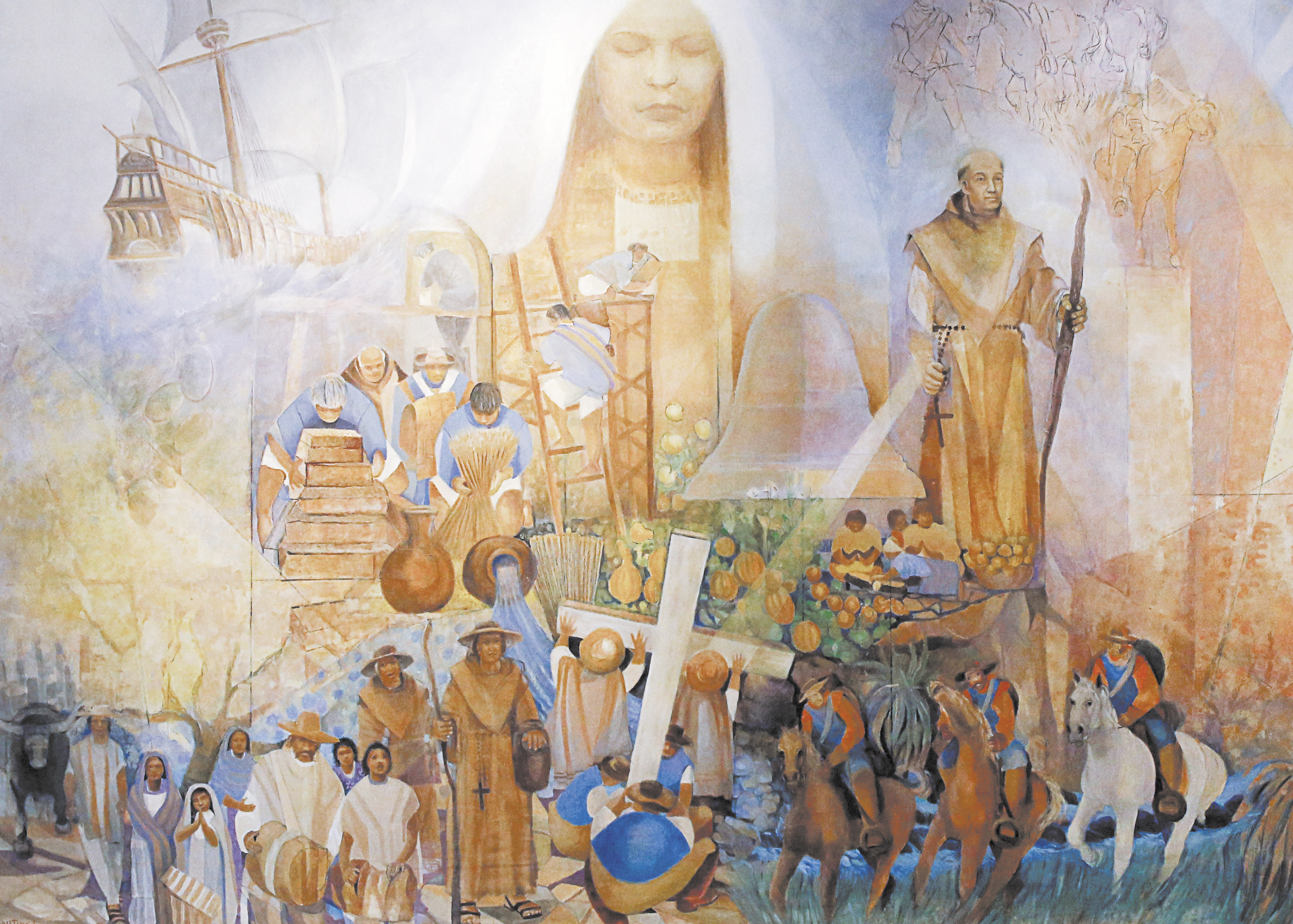
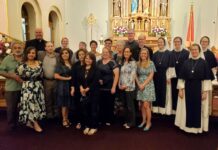
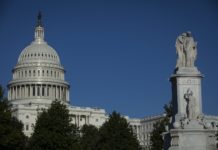
![[VIDEO] Make Sunday feel like Sunday again](https://www.catholicsun.org/wp-content/uploads/2021/04/2021-YOUTUBE-BISHOP-MESSAGE-THUMBNAIL-ENGLISH-218x150.png)